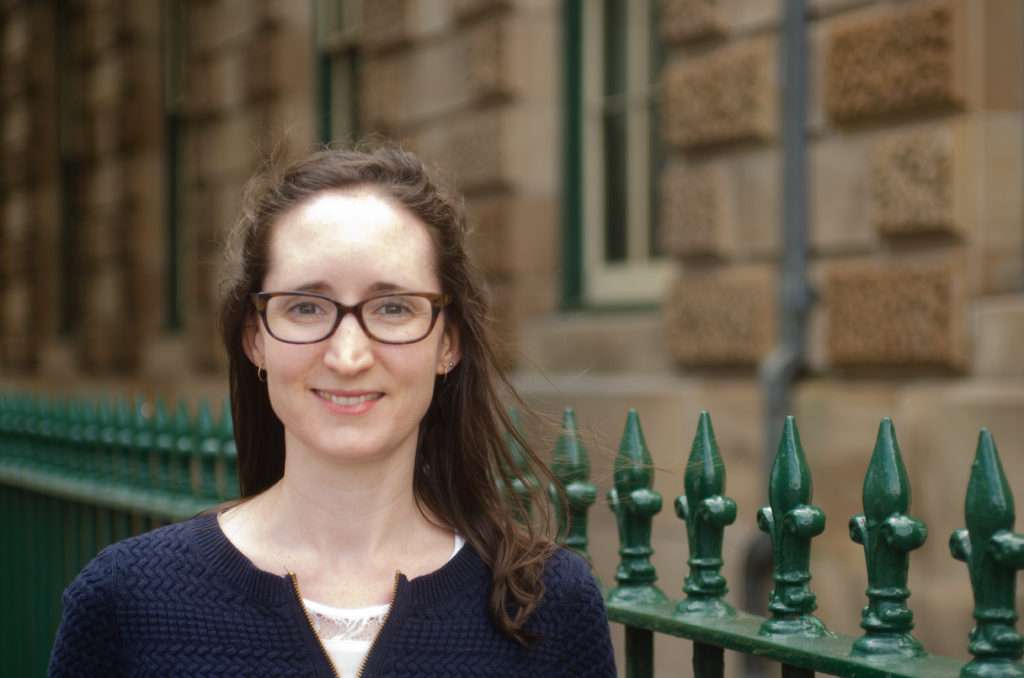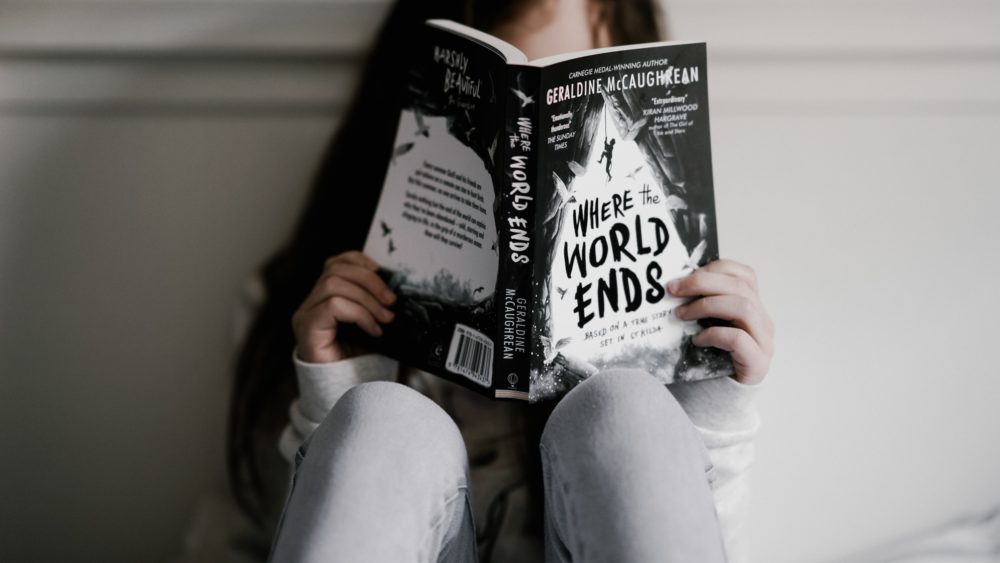Our love affair with doom and gloom
Swimming against the tide of ‘pleasurable pessimism’
When Natasha Moore returned from a recent holiday and flicked on her work computer, she was confronted by a barrage of depressing emails. These were not just the usual work requests that break the holiday spell, but rather messages signalling a “global panic attack”, the death of Australian culture and even the end of the world.
The contents of her inbox led Moore – a research fellow at the Centre for Public Christianity (CPX) – to ask why we are all such a bunch of pessimists.
“When you start looking for it, or even if you’re trying to avoid it, cultural pessimism is everywhere,” she says.
And it’s not just a plague of the West.
“Polls around the world show that people think things are getting worse … Even though people are often optimistic about their own personal opportunities and future, seeing firsthand both good and bad things, people tend to think that in the overall picture – nationally or globally – that things are almost all negative.”
“There’s kind of a thrill to the idea that everything is going to dogs and all of this is going to fall apart.” – Natasha Moore
Leaving aside the question of whether or not things are actually getting worse, as well as the mental health epidemic affecting many on a personal level, Moore was fascinated by the “grim glee” associated with the pessimism breeding in our culture.
“I think we actually secretly enjoy it. There’s kind of a thrill to the idea that everything is going to the dogs and all of this is going to fall apart. There’s something horrifying but also enjoyable about it if we’re honest. So what is it? What is it about feeling pessimistic that feeds that pleasure?” she asks.
Moore is exploring this topic in a public lecture for Christian women’s foundation Anglican Deaconess Ministries on November 7 at St Andrew’s Cathedral, Sydney. Her talk – titled “The Pleasures of Pessimism: On hope, culture and the end of the world” – will examine the cultural narratives that feed our “creeping sense that things are getting worse”.
Why are we so pessimistic?
Speaking with Eternity, Moore acknowledges that while there are numerous sources for these narratives, “a lot of people will go straight to blaming the media”.
“If it bleeds, it leads. So if you’re following the media cycle, you only get bad news,” she concedes. However, she is quick to point out that our desire for and consumption of such content fuels media production.
“So we click on disaster stories and we go and see disaster movies. We read post-apocalyptic fiction – this stuff really fascinates us.”
While Moore puts this fascination down in part to “exposure therapy” – hearing these narratives helps us to work through our own fears about the future – she has also identified another more sinister reason for it.
“As our society becomes increasingly polarised, we think that things are going badly because ‘this other group of people in society are mucking everything up’ … And so actually I think there’s a partisanship to a lot of our pessimism. I think that’s kind of problematic – the idea that ‘things are going to hell and it’s their fault’ is quite destructive to our ability to actually solve problems.”
“Christians can be just as susceptible as anybody to the kinds of tribalism that I see feeding a lot of our pessimism now.” – Natasha Moore
She points out that Christians are not immune from this polarisation problem.
“Christians can be just as susceptible as anybody to the kinds of tribalism that I see feeding a lot of our pessimism now, so that’s both Christians against the wider culture or different tribes of Christians against one another. That ‘batten down the hatches’ attitude can lead us to be pessimistic about what everyone else is doing and think they’re kind of making everything worse.
“So if we’re going into our silos and going into damage-control mode, that makes us less open to other people and less open to thinking whether as a society, or as the church as a whole, do we want the same thing? Are we on the same side? Can we work together to make things good?”
Aside from today’s polarisation of cultures, this love affair with gloom and doom is certainly not a new phenomenon.
“We don’t have to read very much in the past to realise we’ve always been freaking out about lots of things – most of which didn’t happen.” – Natasha Moore
“Cultural pessimism is actually perennial. So if you look at almost anything – whether it’s that the world is going to have too many people and we’re going to see mass starvation and collapse, or whether it’s that people can’t use grammar properly anymore – whatever it is, people have been complaining about it for a really long time …
“We don’t have to read very much in the past to realise we’ve always been freaking out about lots of things – most of which didn’t happen.”
According to Moore, cultural narratives tend to swing in cycles of “hope, optimism and utopianism … followed by what I think of as a kind of ‘hope hangover’, which leads to a pessimistic turn.”
This is where we find ourselves currently, as a proliferation of pessimistic stories clog our emails and social media feeds.
“After the optimism and utopianism of the 19th century, in particular, and some parts of the 20th century, we do have this feeling that progress is not a given and maybe everything we hold dear is about to all disappear,” Moore explains.
“The things that we enjoy sitting down on the couch and watching at the end of a day in the office, whether that’s zombies or dystopian societies, like The Walking Dead or A Handmaid’s Tale, both cultivate something in us and reflect something back to us about our anxieties about the future, which are also our anxieties about the present.”

Turning the tide on cultural pessimism
Turning the tide on this cultural narratives is “definitely an uphill battle”, says Moore. The first step is recognising that pessimism is in fact a choice.
“It’s not just that we are afraid and we want the future to be good but we’re worried it’ll be bad. Often there’s actually a choice in our pessimism, where it feels kind of edgier, more sophisticated and more mature to think that things are going to go badly rather than well – and that the optimist is a kind of Pollyanna or naive idiot. So there can be a kind of pride or even vanity in our pessimism that just fear on its own lacks.”
Another way to push back is to accept that things are getting better and things are bad.
“We can actually believe both those things … You don’t have to choose between being a progress advocate who discounts people’s current suffering or someone who ignores all the data that says the world is getting better in lots of ways because you care about people,” says Moore.
“There’s a place for … positive visions of the future that are inspiring rather than punishing.” – Natasha Moore
This leads to Moore’s third suggestion: reviving utopian narratives – although more realistic ones.
“I’d be really interested in seeing writers and filmmakers revive utopian narratives. I don’t mean a future society where everything is perfect because I think the pursuit of that can actually be really destructive. But even the idea of a future that, with all its faults, is a hopeful one. We used to tell stories like that. I think there’s a place for this kind of positive vision of the future that is inspiring rather than punishing.”
Of course, the hope in the Christian gospel is the ultimate positive narrative that our pessimistic culture needs to hear.
“It’s like Martin Luther King’s idea (which he borrowed from [American unitarian theologian] Theodore Parker) that the moral arc of the universe is long but it bends towards justice. That idea that there is something in the nature of reality that is hopeful, that is leading towards justice and good, that love is baked in, it’s not a random side effect. That really frees us up to work for good in a way that can be kindly pessimistic and quietly optimistic.”
Natasha also gives the following tips for Christians:
Three ways Christians can combat cultural pessimism:
1. Practice humility
Ironically, Moore believes part of the solution lies in adopting a “Christian type of pessimism”.
“This kind of pessimism, which is actually humility, recognises that humans, including ourselves, mess things up. The more we can internalise that, the less we’ll allow failures – political, social and personal – to colour our sense of what’s possible … If I believe that sin is real, then I will see that I’m not one of the ‘good guys’ against the ‘bad guys’. That can be a real asset in overcoming the kinds of polarisation that make us pessimistic about other people in an antagonistic way.”
2. Stay hopeful
“Not with a kind of naive or complacent sense of ‘God’s got it and it’s all fine’, but with a genuine willingness to do my bit to make things better while understanding it’s not actually up to me. God can coordinate what we are all doing to make things better, and he can turn that into something far more than we can plan for or imagine.”
3. Be thankful and celebrate the good things
“There’s a lot of research on thankfulness and its positive benefits for mental health. One of the things that gratitude does is make us less anxious. It makes us more able to see and focus on the good. Whereas, when we forget gratitude, we forget the past and how much things have changed for the better.”
For more information about the ADM Annual Public Lecture visit deaconessministries.org.au/events/2019-annual-public-lecture
Add to Calendar
2019 ADM Annual Public Lecture: Dr Natasha Moore on ‘The Pleasures of Pessimism: On hope, culture and the end of the world’





